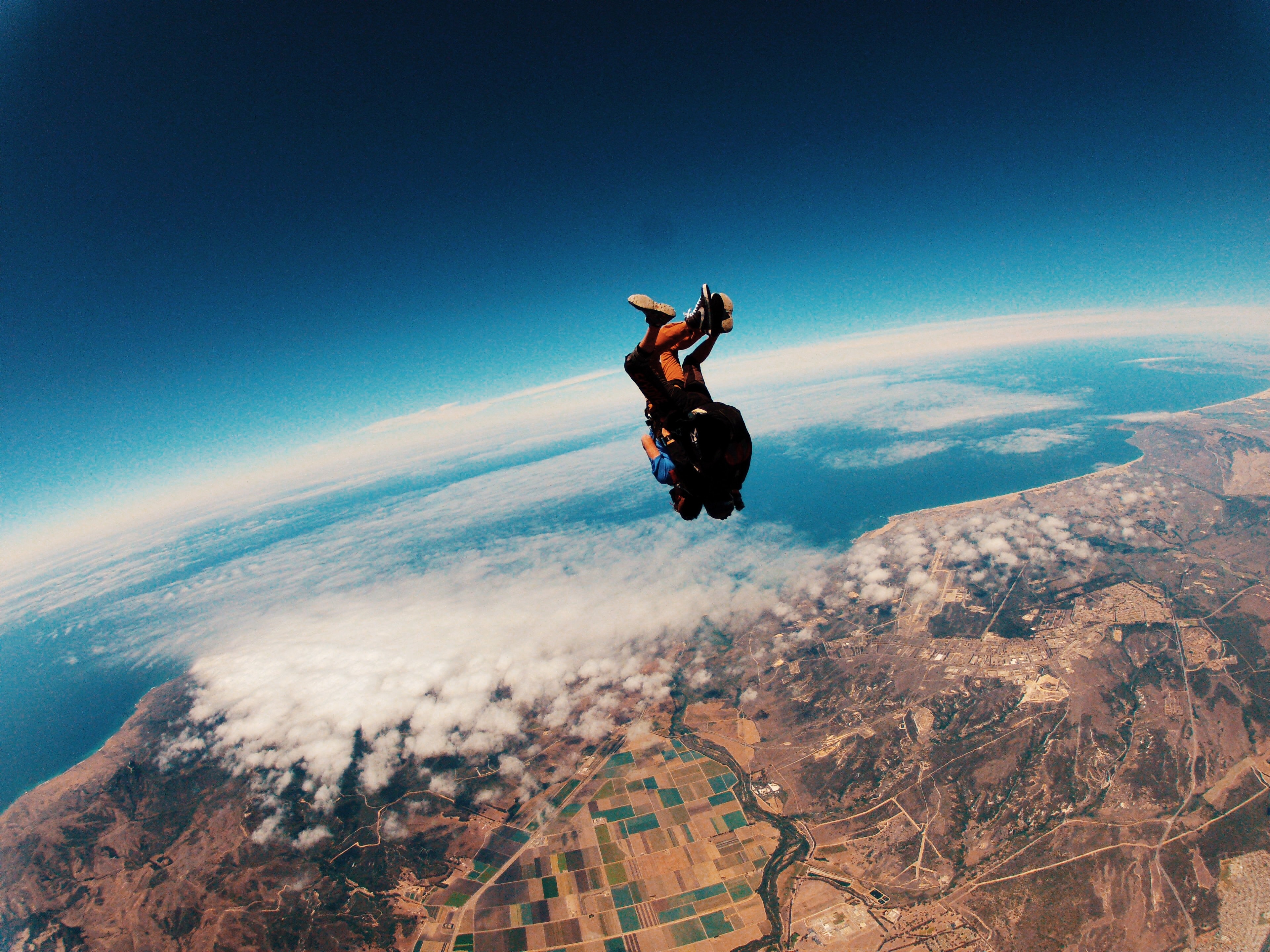
Gravitational Attraction
What would happen if two people out in space a few meters apart, abandoned by their spacecraft, decided to wait until gravity pulled them together? My initial thought was that …
In #science

Over the years I have taught introductory physics labs and I have seen that most “canned” labs offer very little to the student in the form of learning. I summarize them as “here is something known quite well, and you are going to measure it badly”. Labs measuring the acceleration due to gravity, \(g\), falls into that category. How do you improve these sorts of labs? I have a few ideas.
So, for the case of the acceleration due to gravity, put it as a model comparison problem:
Then you give objects to the students such as pennies, packing peanuts, coffee filters, marbles, etc… Some objects might be best explained with Model 2 while others with Model 1. Neither model may describe some perfectly. How can you tell? Having the students design the resulting tests makes the laboratory experience a lot more interesting. I’ll add a selfish note that it makes the labs more interesting for the instructor as well.